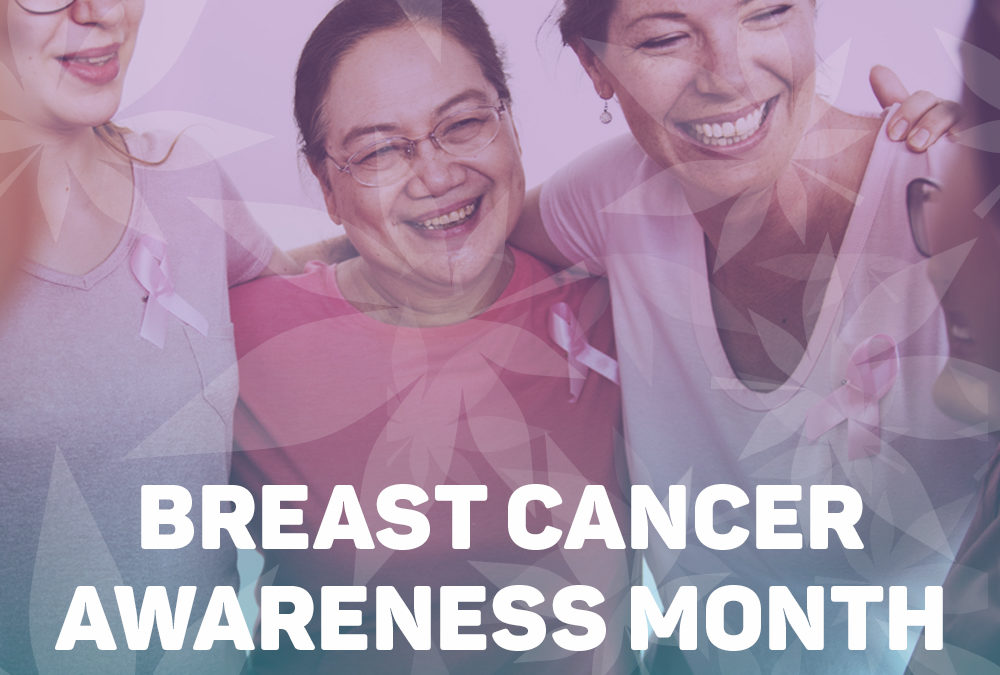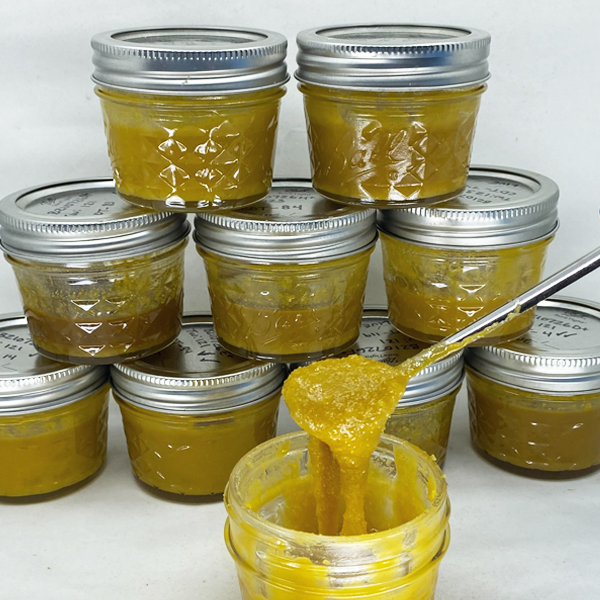Since it was signed into law in April 2016, the Commonwealth’s Medical Marijuana Program has grown rapidly, with more than 633,000 patients and caregivers and 131 operational dispensaries participating in the program. It can be hard to keep track of all the latest program changes and product developments, whether you’re newly certified or an experienced patient. Our Prospective Patient Perspective newsletter series offers program information that we hope will benefit qualified patients, at any knowledge level.
October marks the beginning of Breast Cancer Awareness month, an important time to raise awareness and spread education on the importance of preventive screening for this qualifying condition in Pennsylvania’s Medical Marijuana Program. While we are still fighting for a cure, we are also exploring how new treatment tools – like medical marijuana – may have the potential to improve the daily quality of life for breast cancer patients residing in the Commonwealth.
Keep reading to meet the hypothetical patient “Jamie” and how her search for breast cancer symptom relief led her to the Pennsylvania medical marijuana program.
Meet Jamie: Jamie loves to wander through the flower beds of her garden after sunrise, when the petals are still dewy and the birds are just barely singing. Her garden is the place where she developed the skills to launch her own successful nursery, enjoyed lemonade on sunny afternoons with her partner, and taught her grandchildren about the joys of nature. Jamie was used to feeling the occasional ache in her body after the decades of bending and heavy lifting required to work in the dirt. But when she began to notice sharp pain and swelling in her breast tissue, she knew it was time to consult her doctor.
Jamie is one of the nearly 12,000 Pennsylvanians who the Department of Health projects will be diagnosed with breast cancer this year. Progressive stages of the disease vary based on the cancerous cell type and where the cells spread throughout the body. As such, treatment options will differ based on individual patient needs and can include surgery to remove the cancerous breast tissue, radiation and chemotherapy, or immune and hormone therapies.
While Jamie has responded positively to chemotherapy treatments and seen a reduction in her cancer’s growth, she is still looking for medication options to manage the daily symptoms that come with the disease – pain, inflammation, nausea, and appetite loss. Both Jamie and her care team are hopeful that medical marijuana can support her road to remission, and get her back to her garden, by potentially providing symptom relief.
Meeting Jamie’s Dispensary: When she received her medical marijuana card in the mail, newly certified patient Jamie was both excited and nervous about this chapter in her treatment journey. Having no previous medical marijuana experience, she was unsure about how to select products that might potentially work for her from the array of options on dispensary menus.
Fortunately, each dispensary in the state is mandated to have a licensed pharmacist on site, who is available to meet with patients wanting more education about what products might benefit them.
Jamie also has concerns about being able to regularly access her medication, as her schedule is already impacted by existing chemotherapy treatments and medical appointments. It may be helpful for Jamie to reserve medication online through her dispensary’s digital ordering services or call ahead to her store for quick, curbside pickups. One of the latest changes to the Pennsylvania medical marijuana program allows patients to now purchase up to a 90-day supply of medication; ensuring that Jamie can visit the dispensary less frequently without compromising her medical needs.
Meeting Jamie’s Medical Needs: When consulting her dispensary pharmacist, Jamie might ask for more information on the terpene profiles of various products. Terpenes – aromatic compounds in medical marijuana that may work with THC and CBD to produce a medicinal effect – can be a helpful starting point for Jamie to identify how a product may potentially make her feel.
For example, the terpene myrcene – also found in mangos – has demonstrated an analgesic effect in studies. Terpinolene, a less common terpene, is being studied for its antioxidant properties that may potentially provide relief from inflammation. Both of these compounds can be found in our prime lime skittle pheno, Super Silver Thai #15, which made its return to dispensary shelves this week.
For more information on our prime-grown products, follow our Instagram at prime.wellness.


